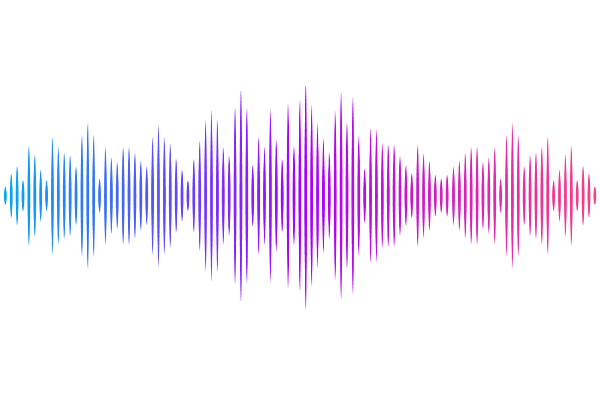Late-time suppression of structure growth as a solution for the $S_8$ tension

Late-time suppression of structure growth as a solution for the $S_8$ tension
Ryo Terasawa, Masahiro Takada, Toshiki Kurita, Sunao Sugiyama
AbstractThe $S_8$ value inferred from the Subaru Hyper Suprime-Cam (HSC) Year 3 cosmic shear data, under the assumption of the flat $\Lambda$CDM model, is 2-3$\sigma$ lower than that inferred from observations of the early-time universe, such as cosmic microwave background (CMB) anisotropy data. Resolving the $S_8$ tension requires a scenario in which structure formation on small scales is suppressed in the late universe. As potential solutions, we consider extended models both within and beyond the $\Lambda$CDM model -- models that incorporate parameterized baryonic feedback effects, the effect of varying neutrino mass, and modified structure growth, each of which can lead to a suppression of structure growth at lower redshifts, with its own distinct scale- and redshift-dependencies. In particular, we consider phenomenological modified gravity models in which the suppression of structure growth is triggered at lower redshifts, as dark energy ($\Lambda$) begins to dominate the background expansion. We show that the modified growth factor models -- especially those featuring more rapid growth suppression at lower redshifts -- provide an improved fit to the combined datasets of the HSC-Y3 cosmic shear correlation functions, the Planck CMB, and the ACT DR6 CMB lensing, compared to the fiducial $\Lambda$CDM model and the models including the baryonic effects or the massive neutrino effect within the the $\Lambda$CDM framework.